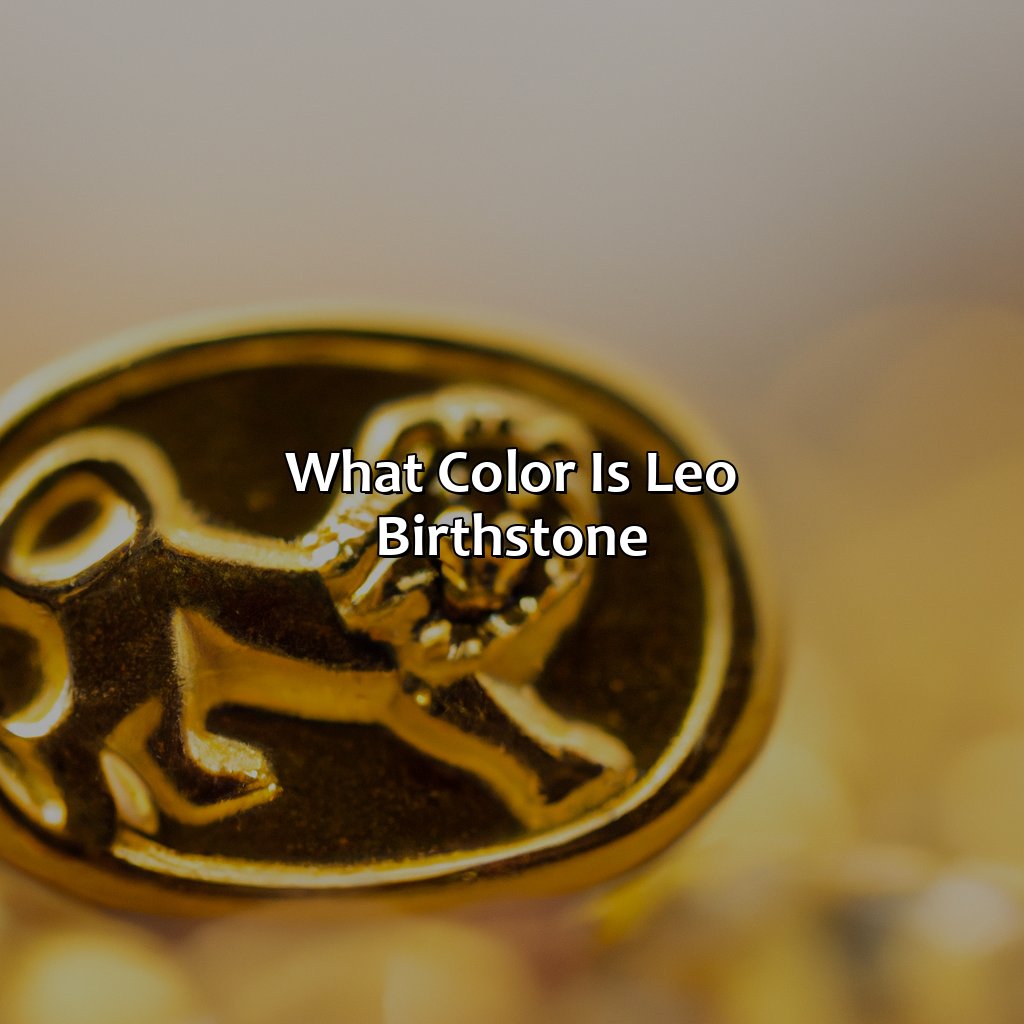Key Takeaway:
- The color of an object is determined by its ability to reflect, absorb, or transmit different wavelengths of light within the visible spectrum.
- The color of an object can be affected by factors such as lighting conditions, texture, surface finish, and chemical composition.
- Pigments and dyes create color through selective absorption and reflection of specific wavelengths of light, and can be mixed to create a range of primary, secondary, and tertiary colors.
What is color?

Photo Credits: colorscombo.com by Willie Young
Color is the phenomenon of the human eye perceiving different wavelengths of light. Objects absorb, reflect, or transmit different wavelengths, affecting the hue, saturation, and brightness perceived. The visible spectrum ranges from violet to red, with each color occupying a specific range of wavelengths. The reflection of all wavelengths results in white, while the absorption of all wavelengths yields black. Color transmission occurs when light passes through a transparent object, taking on its color. Understanding color is crucial in various fields, such as art, design, and science, where knowledge of its principles is necessary.
Color is determined by an object’s interaction with light. The physical and chemical composition influences whether it absorbs, reflects, or transmits light wavelengths. Different substances and structures interact differently with incident light, resulting in unique colors. Our eyes detect these interactions, transmitting signals to the brain to process and interpret. Familiarizing oneself with color principles allows for successful color selection and coordination, essential in achieving the desired aesthetic effect.
Color reflection, absorption, and transmission are fundamental to color theory. Reflection occurs when light bounces off a surface, with the surface’s color imparting on the reflected light, resulting in the perceived color. Absorption happens when all wavelengths of light are absorbed, allowing for no reflection, rendering the object’s color. Transmission happens when light passes through an object, with the object’s color absorbed and the transmitted light taking on the object’s color.
Colors and their associated meanings and symbolism hold significance throughout history and different cultures. In ancient Egypt, blue represented the Nile, while green represented the rebirth of the earth. The Mayans associated yellow with death while in Western culture, the color is associated with happiness. Understanding color’s cultural significance is essential in avoiding misunderstandings and achieving the desired effect.
Color has an extensive history, with evidence of color use dating back to prehistoric times, with cave paintings and ancient art. Throughout history, societies have used color to signify various meanings, such as in medieval heraldry. Today, color plays a crucial role in branding and marketing, with companies using specific colors to elicit emotional responses and recognition. Understanding color’s evolution provides insight into its cultural significance and continued importance.
How do objects reflect light?
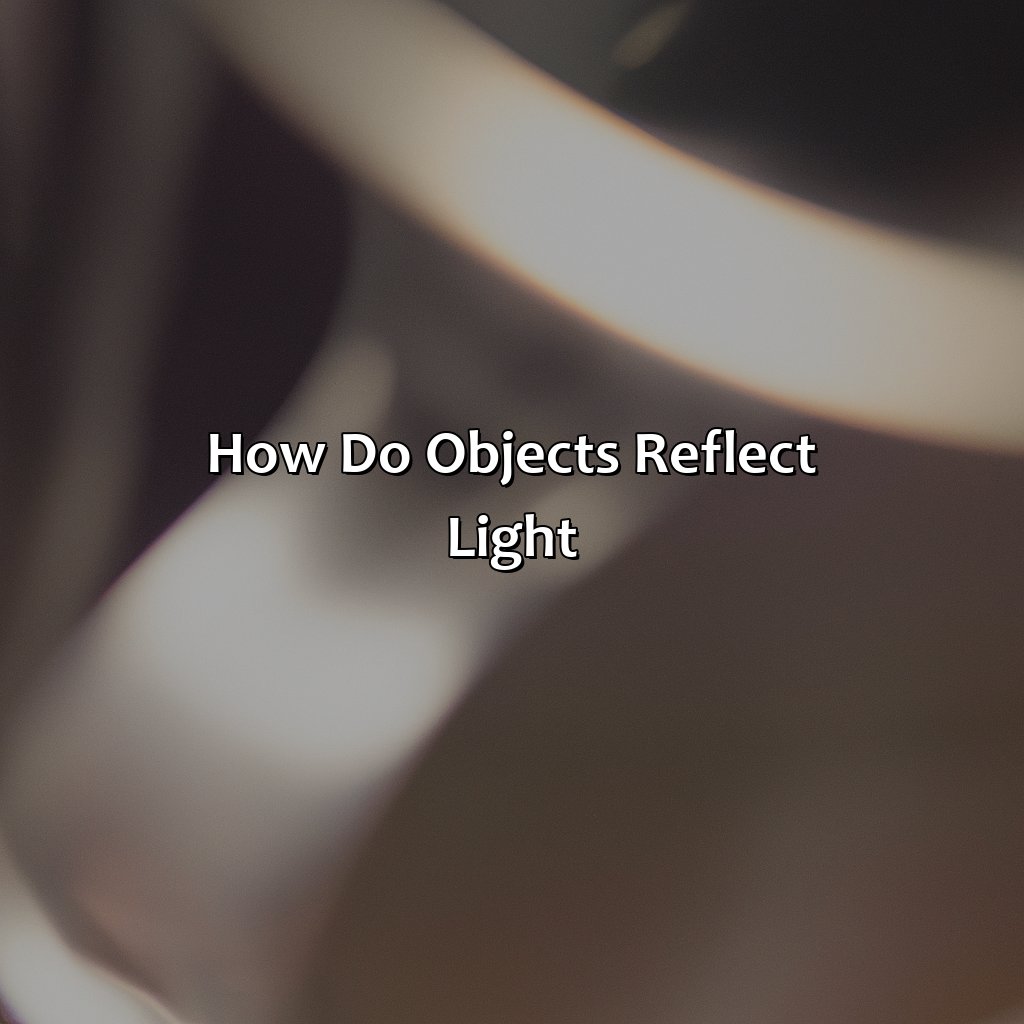
Photo Credits: colorscombo.com by Logan White
Grasp how objects give off light and decide their color. To do this, look into the taking in and reflecting of light. Taking in involves pigments that take certain colors in. Reflection brings about primary, secondary, and tertiary colors. Uncover the special features and characteristics of each one in this part titled “How do objects reflect light?” It covers Absorption and Reflection.
Absorption
When light falls on an object, the color we perceive is determined by how much of each wavelength of light is absorbed or reflected by the object’s surface. The process of an object absorbing certain wavelengths of light while reflecting others and creating a specific color is known as color absorption.
Pigment color absorption occurs when pigments absorb certain wavelengths of light and reflect only those wavelengths that give them their specific color. This phenomenon happens due to the chemical properties of the pigments.
Color reflection: the primary, secondary, and tertiary colors that make objects look good, or really bad.
Reflection
When light strikes an object, some of it is absorbed while the rest is reflected. The color reflection and absorption process depends on various factors such as the object’s surface texture, composition, and the angle at which the light hits it. The reflected light enters our eye, and our brain perceives this input as color. Color perception results from three primary colors – red, green, and blue. When these primary colors mix in different proportions, they create secondary colors like purple, yellow, and orange. Tertiary colors are a mixture of a primary color with a neighboring secondary color. Therefore, reflecting any combination of these colors determines an object’s actual color.
Light reflection’s physics is incredibly complex but understanding how objects reflect light allows us to comprehend why different objects have different hues. It also helps explain how we perceive even small changes in color due to variations in lighting conditions or textures. For example, when light falls on a rough surface rather than a smooth one, it scatters in many directions instead of being focused into one direction leading to the change of shade perceived by us.
Overall, it is crucial to understand the concept behind color reflection as we interact with colored objects every day. Whether you’re thinking about buying paint for your home or just admiring nature’s broad spectrum of hues – knowledge about how reflection works can help appreciate the subtle differences between each shade ultimately avoid losses that occur due to misrepresentation or under-valuing opportunities because “the grass looks greener somewhere else”.
Color is not just a matter of taste, but also of wavelength – the visible spectrum plays a vital role in determining primary, secondary, and tertiary hues.
The role of wavelengths in determining color
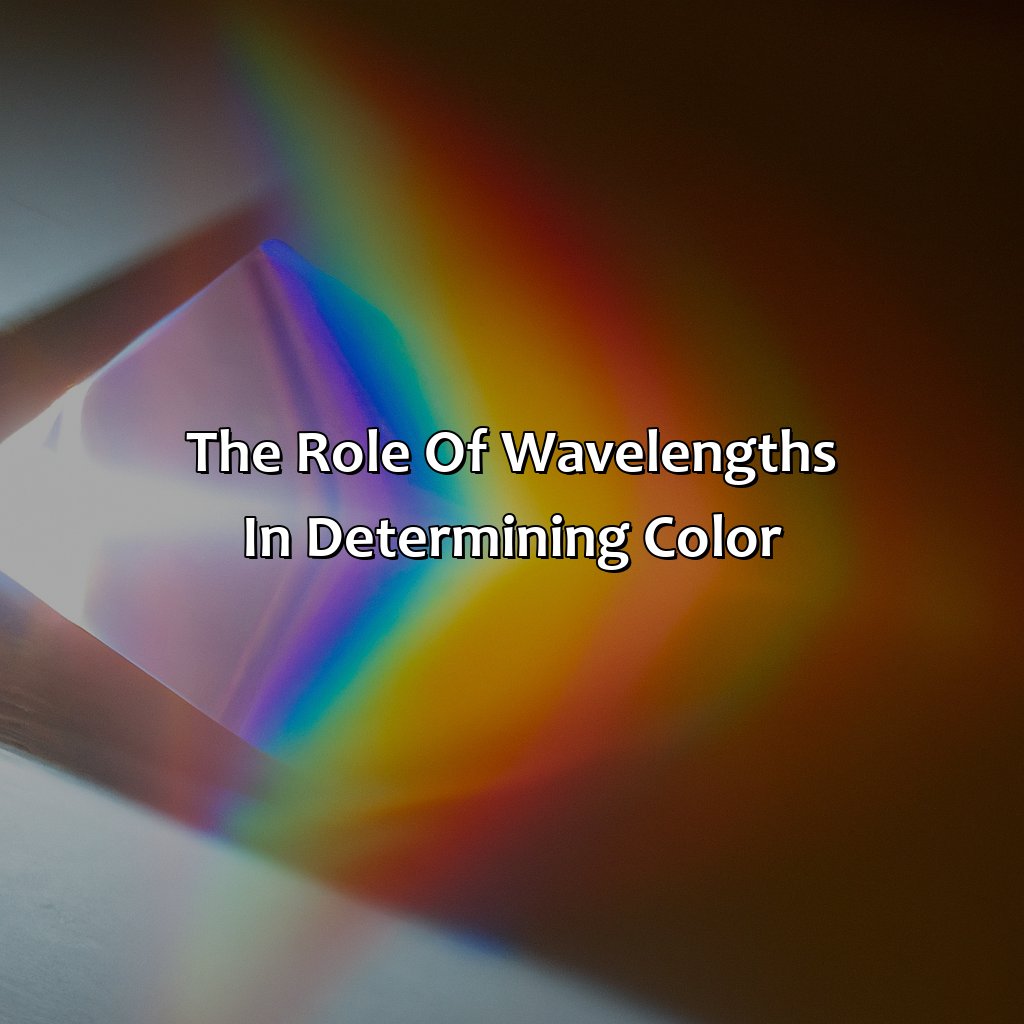
Photo Credits: colorscombo.com by Douglas Adams
To grasp the importance of wavelengths in determining color, let us explore the visible light spectrum. Primary, secondary, and tertiary colors can be found here. Dive deeper and understand the bond between wavelength and color. Plus, learn how to mix colors for different hues.
The visible light spectrum
The spectrum of light visible to the human eye is known as the visible spectrum. This range of light consists of various colors that can be perceived by the eyes. The primary colors in this range are red, blue, and green. These colors cannot be created by mixing any other colors and are responsible for forming all other colors in the visible spectrum.
Secondary colors, such as orange, purple, and green-yellow, are created by mixing two primary colors in equal amounts. Tertiary colors result from mixing a primary color with a secondary color in equal amounts.
The combination of different primaries and secondaries leads to an endless number of available hues within the visible spectrum.
Interestingly, different animals can perceive different parts of the electromagnetic spectrum beyond the visible spectrum that humans cannot see, such as ultraviolet or infrared light.
In summary, understanding the visible spectrum of light is crucial to comprehending how various wavelengths interact with objects to determine their specific color. By exploiting these unique characteristics of light waves, artists and scientists alike are able to create and manipulate beautiful works of art or design new technologies with greater precision and accuracy.
Why settle for blue or red when you can mix it up and get all the colors of the rainbow?
The relationship between wavelength and color
Different wavelengths of light are responsible for determining the color of an object. The longer wavelengths correspond to colors like red and orange, while shorter wavelengths are associated with colors like blue and violet. The relationship between wavelength and color is essential to understanding how we see and perceive different hues.
| Column 1 | Column 2 |
|———————–|———————-|
| Color Mixing | Primary Colors |
| Red + Blue = Purple | Red + Yellow = Orange |
| Blue + Yellow = Green | Yellow + Blue = Green |
| Red + Yellow = Orange | Red + Blue = Purple |
| | Yellow + Red = Orange |
Color mixing is crucial to getting the hues that we see around us. It is made up of primary colors, which cannot be created by mixing other hues, secondary colors which stem from primary colors and tertiary colors obtained from mixing secondary hues among themselves.
Understanding this concept can help people create the specific shades they need in their everyday lives, such as in art or design work.
Pigments and dyes are also essential in creating various shades of color. Using pigments vs. dyes produces contrast results since pigments sit on top of a material creating opacity while dye molecules diffuse evenly into surfaces adding saturation.
However, other factors can also affect color perception, including lighting conditions, texture & surface finish, and chemical composition of objects around us or ambiance overall.
To get more accurate descriptions of specific tints, texture specifics such as uniqueness in finishes should be noted down instead of relying solely on the basic primary, secondary and tertiary categories.
To maintain consistency in good color perception both online or offline, it’s essential to utilize tools such as a color picker app for consistent comparisons across platforms. Studying existing patterns or objects’ surfaces creates awareness which helps us pay attention to patterns or hue changes caused by differences in material components while buying products that require specific tints or hues, such as purchasing a matching outfit for an occasion.
Mixing pigments is like creating a masterpiece, combining primary colors to unveil a world of tantalizing secondary and tertiary hues.
Pigments and dyes
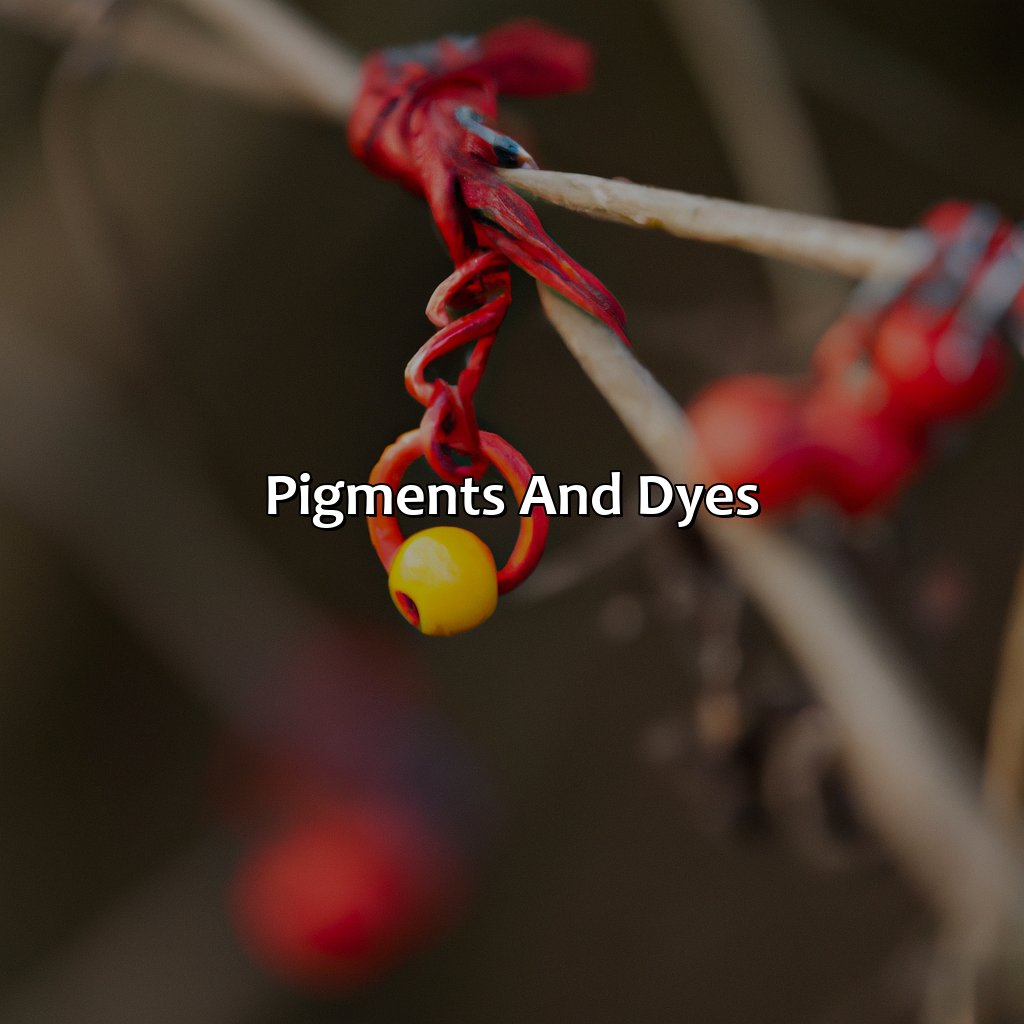
Photo Credits: colorscombo.com by Ronald Scott
Time to get crazy with pigments and dyes! Let’s understand their relation to color. How do they work? We’ll discover primary, secondary, and tertiary colors. Also, let’s learn the difference between pigments and dyes. How do they influence color mixing? Let’s find out!
How pigments and dyes create color
Pigments and dyes are substances that add color to an object. They work by absorbing certain wavelengths of light while reflecting others, which creates the perception of color. This absorption and reflection process is governed by the chemical properties of the pigment or dye.
Different pigments and dyes can create different colors based on their chemical composition and how they interact with light. The three primary colors of pigment are red, blue, and yellow. These colors can be mixed together in various combinations to create secondary colors such as green, orange, and purple. Tertiary colors like turquoise, pink, and chartreuse come from mixing a primary color with a secondary color.
Pigments are insoluble particles that stay suspended in a medium like paint or ink until applied to a surface. Dyes, on the other hand, dissolve in a liquid before being applied to an object. This means that pigments tend to create long-lasting effects because they do not fade as quickly as dyes.
In understanding how pigments and dyes create color, it’s important to remember that the final perceived color is also affected by lighting conditions, texture and surface finish of the object being colored, and other factors like its chemical composition.
Thus understanding what kind of pigment color to mix with what tone would result in creating a mesmerizing piece of art. Overall, Pigments are used everywhere around us from coloring our clothes we wear daily to adding new hues for different artwork compositions made by artists globally- missing out on understanding about this could lead one devoid from appreciating vivids shades on common objects or from getting creative themselves! Pigments or dyes – the battle of primary, secondary, and tertiary colors that determine the hue of your favorite objects.
The difference between pigments and dyes
Pigments and dyes have distinct differences in their physical properties and functions. Understanding these differences is crucial, particularly for artists, designers, and manufacturers seeking to create color in various mediums.
Pigment vs Dye:
| Pigments | Dyes |
|---|---|
| Insoluble | Soluble |
| Often opaque | Transparent or translucent |
| Absorbed on the surface of the material | Penetrates inside the material |
| Mixed with a binding agent like oil or water to make paint | Added to a fabric’s fibers through immersion or heat application |
Pigments offer vibrant color hues and greater durability. They are often made from minerals or organic compounds. In contrast, dyes offer more diverse colors and are easier to apply evenly. They typically consist of synthetic materials that liquefy easily when mixed with solvents such as water.
It is essential to select pigments or dyes based on desired outcomes. In painting, pigments can be blended to create primary colors, secondary colors or tertiary colors, giving artists nearly limitless color options. However, dyes are more commonly used in textile production due to their vibrant hues and ability to penetrate fabrics deeply.
Pro Tip: When choosing between pigments and dyes, consider factors such as the surface being worked on, desired outcome, medium requirements, intensity of color needed and cost-effectiveness in achieving the result.
Color perception is a tricky business – lighting conditions, texture and surface finish, and even chemical composition can all have an impact on how we see things.
Other factors that affect color perception
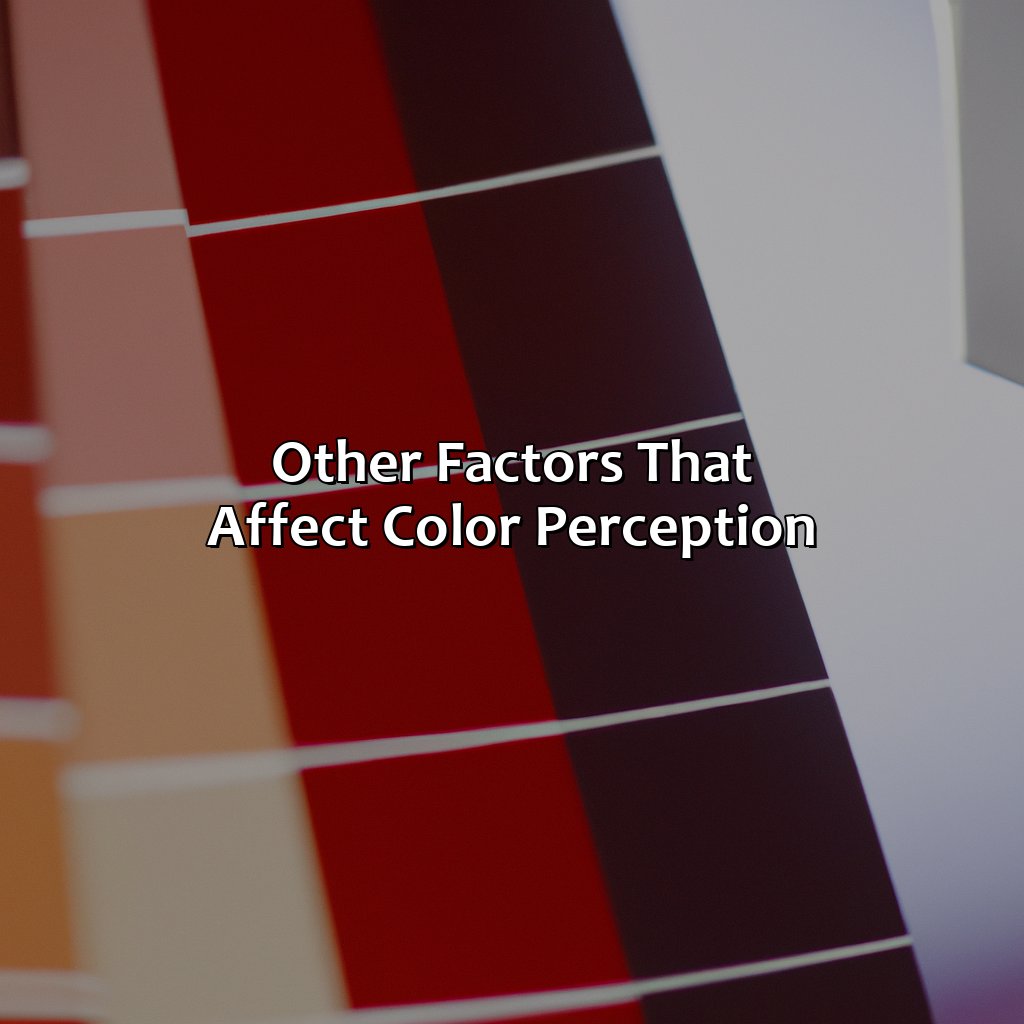
Photo Credits: colorscombo.com by Brian Williams
To grasp how color is viewed, you must take a dip into the components which affect color perception. For this, we will discuss the result of distinct lighting conditions, texture and surface finish of objects, and chemical composition on color perception, sensitivity, and consistency.
We will look at the details of color temperature, lightness, shades, tints, casts, and purity in lighting. We’ll also probe how texture and surface can form color contrast and effects, plus the result of chemical composition on color identification and discrimination.
Lighting conditions
The ambient environment’s illumination can impact an object’s color perception as the human eye perceives light differently under different color temperature and intensity. Color casts, tints, and shades can be produced by artificial light sources, changing how a viewer may perceive an object’s hue or saturation. Similarly, the brightness or darkness of surrounding light can affect our perception of color lightness. Additionally, natural lighting conditions like daylight vary throughout the day and geographical location, causing differences in color purity. Overall, lighting plays a significant role in color perception that cannot be dismissed.
According to research conducted by The Colour Group(GB), “the wrong illuminant can introduce significant errors- up to 11 units on the CIE delta E. “
Get ready for a bumpy ride as we explore how texture and surface finish can affect the color of an object, creating stunning color effects and striking color contrasts.
Texture and surface finish
Objects’ texture and surface finish also contribute to color perception. Different textures can reflect light in different ways, making colors appear more or less intense. For instance, glossy surfaces reflect more light than matte surfaces, resulting in brighter and more vivid colors.
Texture and Surface Finish:
| Texture | Color effects |
| Rough | Light disperses unevenly, dulling the color contrast |
| Smooth | Light reflects evenly, enhancing the color contrast |
Surface finish can also affect the way colors are perceived. Even minor variations in a surface’s sheen or glossiness can make a significant difference in how we interpret an object’s hue. Thus, when selecting paint or fabric samples for interior decor, it is crucial to pay attention not only to the color but also to the texture and finish of materials.
I once purchased a wooden dining table with a glossy finish for my small apartment. Though I loved the bright cherry color of the wood under natural light, it turned out that the high gloss finish magnified every tiny blemish on its surface. It became challenging to enjoy meals at this table due to constant finger smudges and scratches that were hard to overlook. Overall, I learned that both texture and surface finishing play an essential role in how we perceive colors of objects around us.
Analyzing the chemical composition of objects may reveal the ultimate truth behind color consistency, sensitivity, discrimination, and identification.
Chemical composition
The chemical makeup of an object can affect its color because different chemicals and their properties impact how light interacts with the object’s surface. This can lead to variations in color consistency, color sensitivity, color discrimination, and color identification.
| Chemical Composition | Examples |
|---|---|
| Metals | Copper appears red while silver appears shiny due to its reflecting properties. |
| Minerals | The presence of iron gives minerals like hematite a reddish-brown hue. |
| Organic Compounds | Chlorophyll in plants gives them a green color while beta-carotene in carrots produces an orange tint. |
| Synthetic Materials | Dyes added to plastics and fabrics create various colors through a chemical reaction. |
Additionally, certain chemical changes or reactions can also affect the color of an object over time. For example, exposure to sunlight may cause certain dyes or chemicals to fade or change color.
A study published by the Journal of Applied Polymer Science showed that the addition of specific chemical compounds during the manufacturing process could improve color consistency and eliminate batch-to-batch variations in plastics.
(Source: “Improving Color Consistency in Injection Molded Plastics Using Chromatography,” Journal of Applied Polymer Science)
Five Facts About What Determines the Color of an Object:
- ✅ The color of an object is determined by the wavelengths of light it reflects and absorbs. (Source: LiveScience)
- ✅ Objects appear black when they absorb all wavelengths of visible light and white when they reflect all wavelengths of light. (Source: Science Learning Hub)
- ✅ The colors we see are a result of our eyes detecting different wavelengths of light and our brains interpreting them as color. (Source: American Chemical Society)
- ✅ Objects can also appear different colors under different lighting conditions or when viewed from different angles. (Source: Explain that Stuff)
- ✅ The color of an object can also be affected by surface texture, chemical composition, and other factors. (Source: Science ABC)
FAQs about What Determines The Color Of An Object
What determines the color of an object?
The color of an object is determined by the way it reflects and absorbs light. When light hits an object, the object absorbs some colors and reflects others. The color of the object is the combination of the colors it reflects.
Is the color of an object always the same?
No, the color of an object can change based on the light source and the angle at which it is viewed. For example, an object may appear blue under natural sunlight but appear green under fluorescent lighting.
Can two objects of the same material have different colors?
Yes, even objects of the same material can have different colors. This is because the surface of an object can be treated or coated to alter the way it reflects and absorbs light.
Do all colors have the same wavelength?
No, different colors have different wavelengths. Red light has the longest wavelength and violet light has the shortest wavelength. This is why when light passes through a prism, it separates into its various colors.
Can a color be both a reflection and an absorption?
Yes, a color can be both a reflection and an absorption. For example, a red apple appears red because it reflects red light and absorbs all other colors. But the same red color can also be seen as a result of the red light being absorbed by another object and then reflected onto the apple.
How does a colorblind person see colors?
Colorblindness is a condition where a person’s color vision is impaired. Depending on the type and severity of their colorblindness, they may have difficulty distinguishing between certain colors or seeing them altogether. For example, someone with red-green colorblindness may have difficulty telling the difference between red and green.

